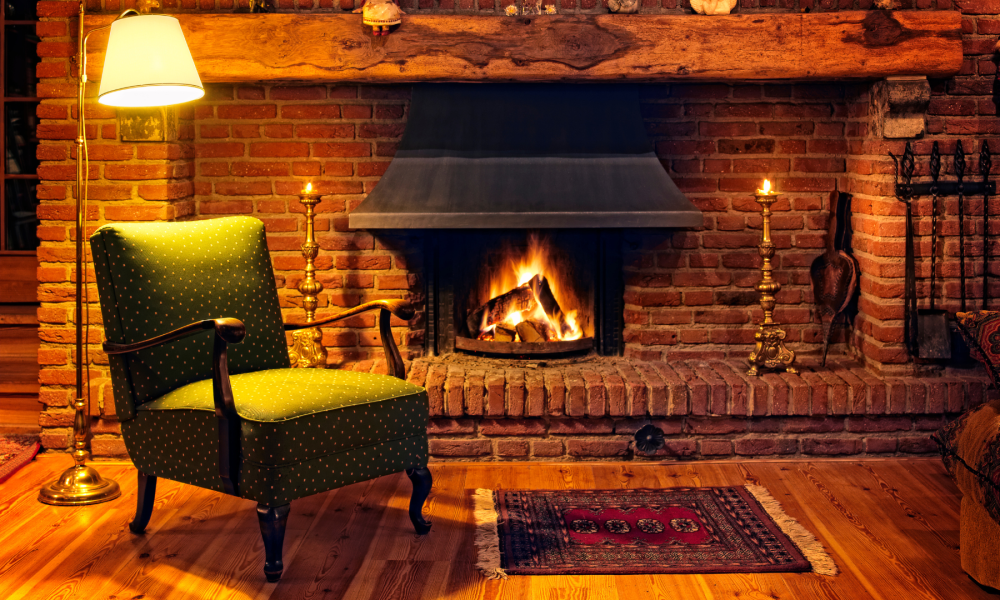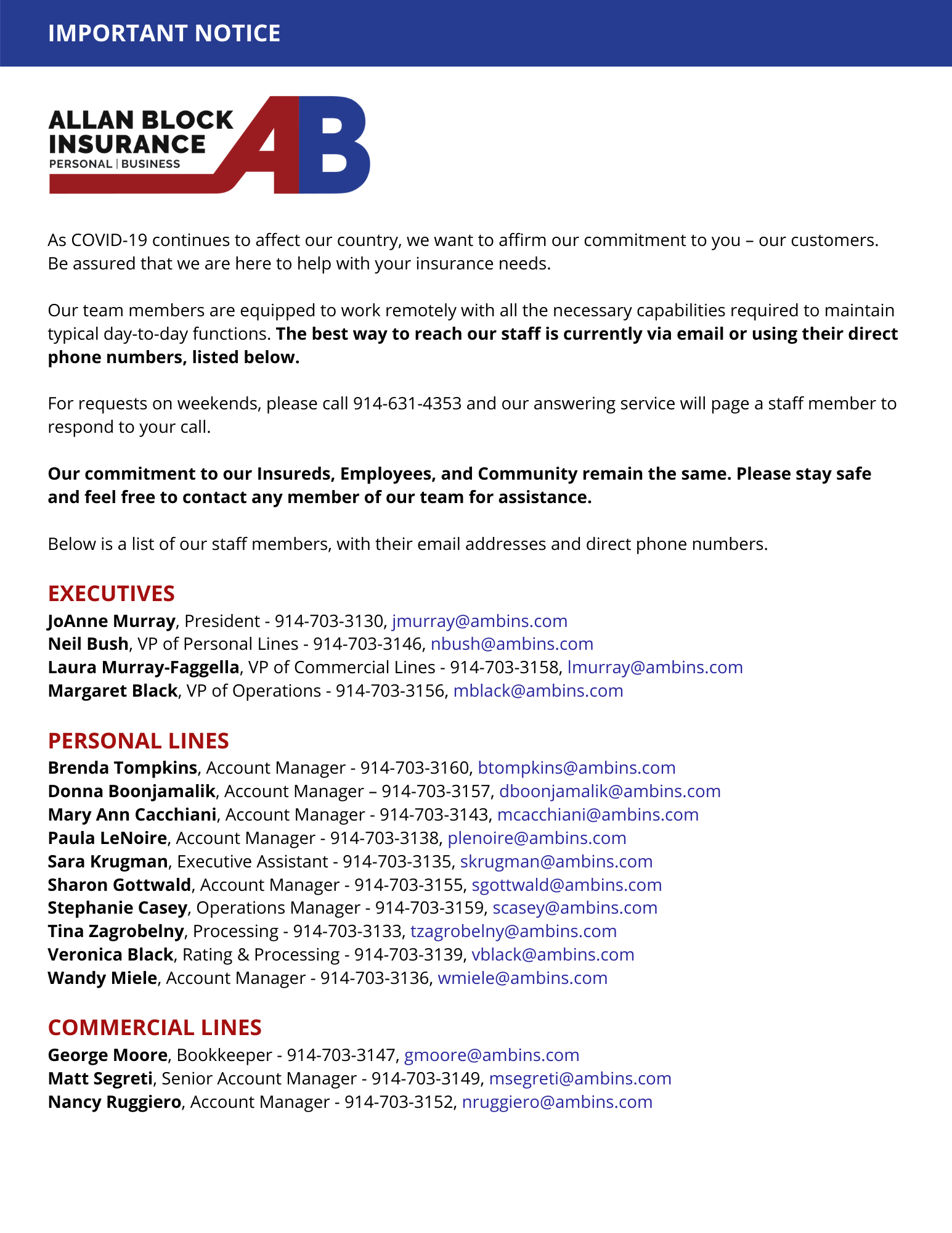As temperatures fall and you spend more time indoors in front of the fireplace, the last thing you want to think about is the condition of your chimney. Dirty chimneys can cause serious fires, which damage or destroy homes and injure people.
Before lighting a fire, make sure it is safe to do so. Be fire smart. Home fires occur more often in winter than in any other season.
The chimney and the flue that lines it are there to carry dangerous gases from the fireplace or wood stove safely out of the home.
What do chimneys do?
Fireplaces and wood stoves are designed to contain wood-fuel fires while providing heat for a home. Chimneys expel the by-products of combustion that include smoke, water vapor, gases, unburned wood particles, hydrocarbon, tar fog and assorted minerals.
As these substances leave the fireplace or wood stove, and flow up into the relatively cooler chimney, condensation occurs. The resulting residue that sticks to the inner walls of the chimney is called creosote.
Creosote is a black or brown residue that can be crusty and flaky — tar-like, drippy and sticky — or shiny and hardened. All forms are highly combustible. If it builds up in sufficient quantities, and the internal flue temperature is high enough, the result could be a chimney fire.
Conditions that cause the buildup of creosote
Restricted air supply and unseasoned wood encourage the buildup of creosote. Here are the ways buildup can occur:
Restricted air supply — You will restrict air supply by:
- Closing the glass doors.
- Failing to open the damper wide enough. The longer the smoke is in the flue, the more likely it is that creosote will form.
- Closing down the stove damper or air inlets on a wood stove too soon or too much.
Burning unseasoned wood — So much energy is used initially just to drive off the water trapped in the cells of the unseasoned logs that it keeps the resulting smoke cooler than if seasoned wood were used.
In the case of wood stoves, overloading the firebox with wood in an attempt to get a longer burn time also contributes to creosote buildup.
Fireplace safety
- Keep a glass or metal screen in front of the fireplace to prevent embers or sparks jumping out.
- Do not burn paper in your fireplace.
- Put the fire out before you go to sleep or leave your home.
- Put ashes in a metal container with a lid, outside, at least 3 feet from your home.
Wood stove safety
- Make sure your stove is at least 3 feet from anything that can burn.
- Do not burn paper in your wood stove.
- Put the fire out before you go to sleep or leave your home.
The final word
Remember: Clean chimneys don’t catch fire and prevention is key.
Hire a professional chimney sweep to inspect your solid-fuel venting system annually and sweep and repair it whenever needed. The sweep may have specific maintenance recommendations, depending on how you use your fireplace or stove.



